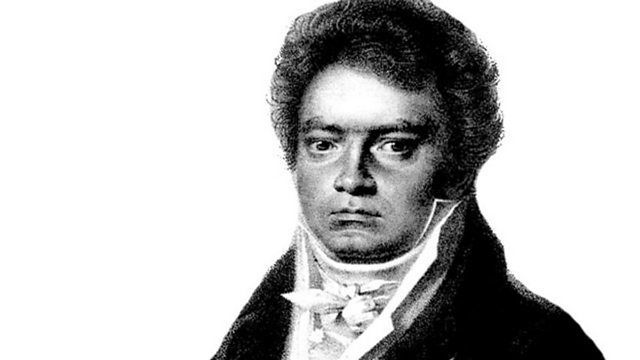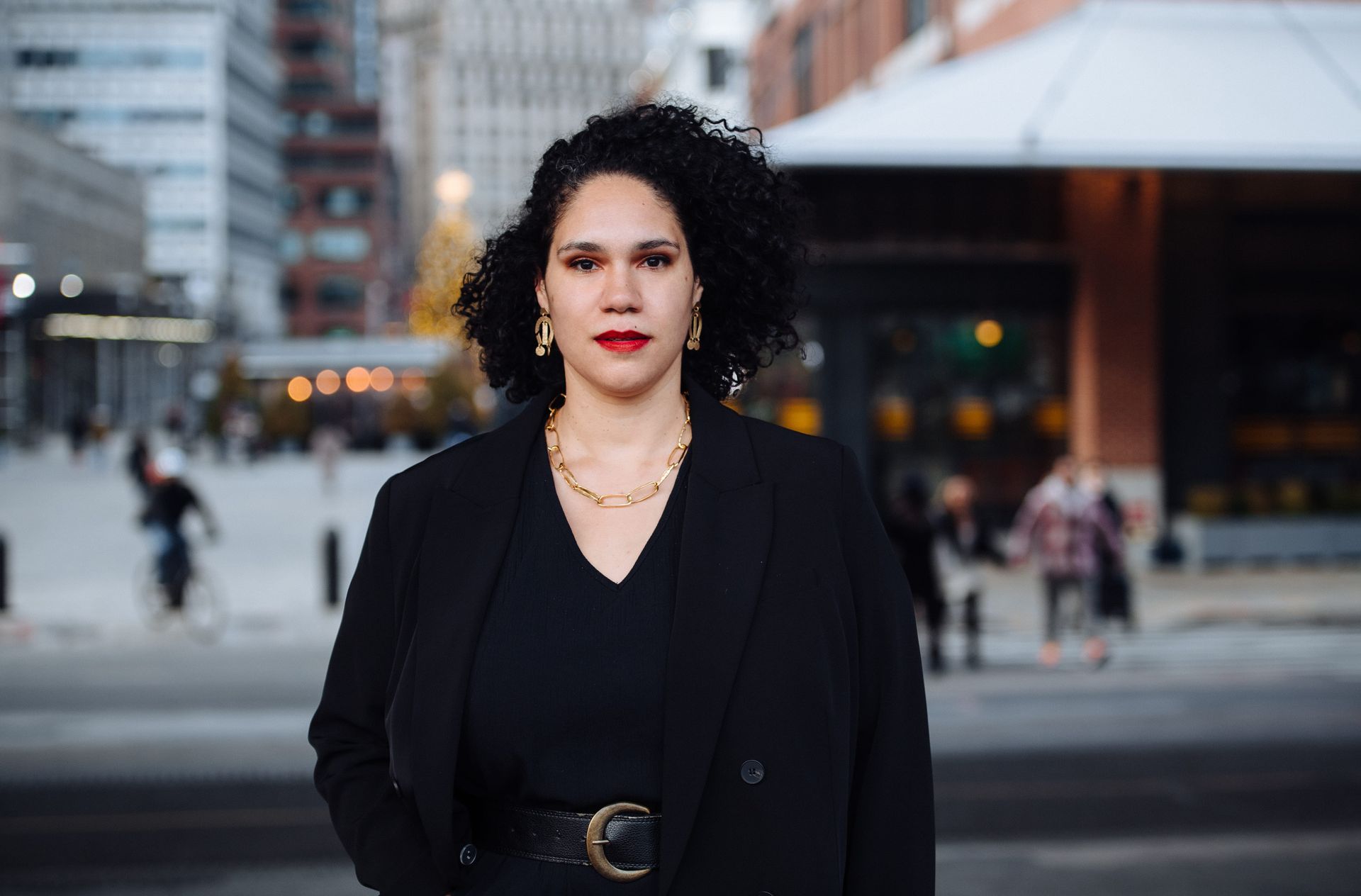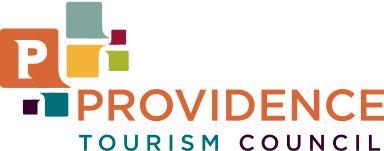THE STORY BEHIND: Haydn's Symphony No.88
Share
On October 18, Music Director Ruth Reinhardt and the Rhode Island Philharmonic Orchestra will present THE MOLDAU & MORE with cellist Andrei Ioniță.
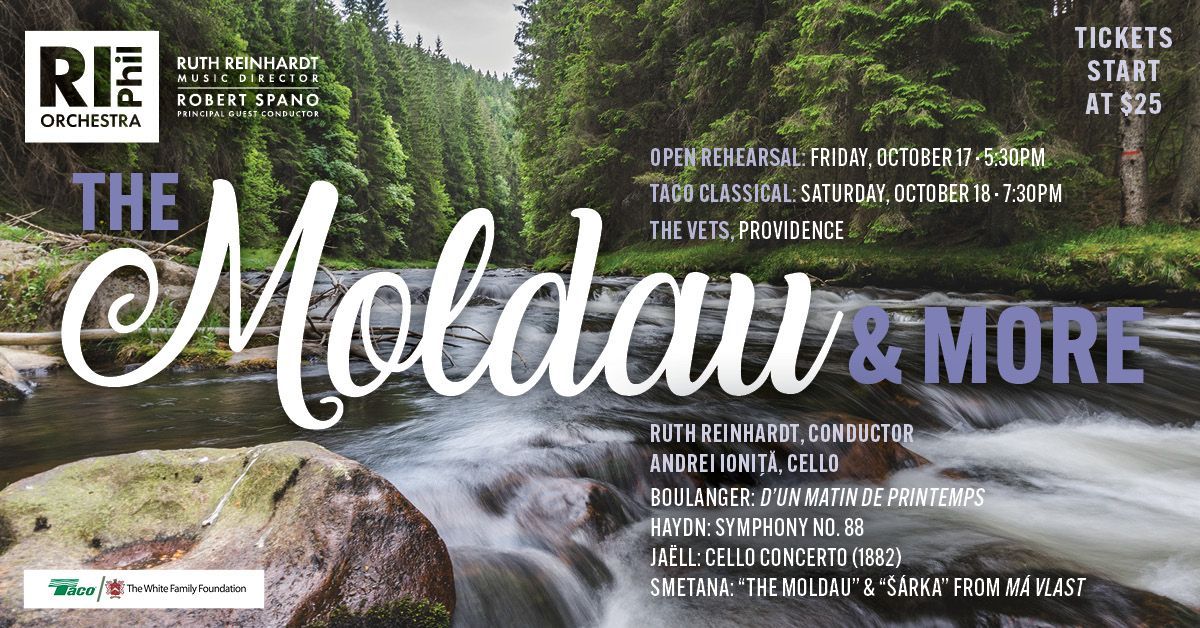
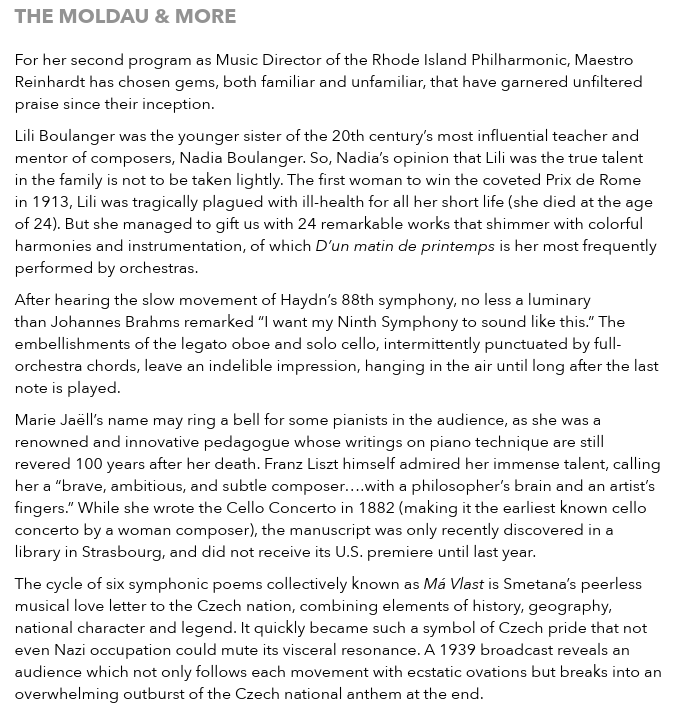
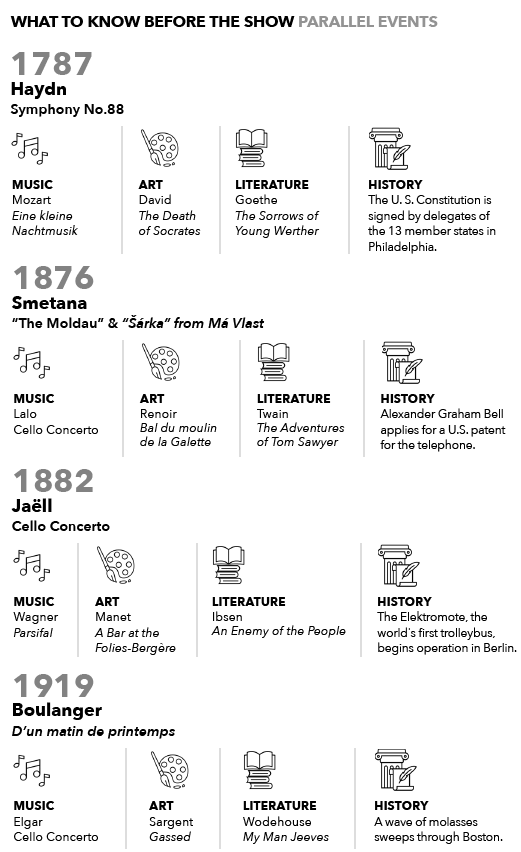
Title: Symphony No.88, G major
Composer: Joseph Haydn (1732-1809)
Last time performed by the Rhode Island Philharmonic:
Last performed February 2, 1974 with Francis Madeira conducting. This piece is scored for flute, two oboes, two bassoons, two horns, two trumpets, timpani and strings.
The Story: In 1788, Johann Peter Tost, leader of the second violin section in Haydn's Esterháza orchestra, trundled off to Paris with a devious scheme. Hoping to capitalize on the current wave of popularity Haydn was enjoying in Paris as a result of his half dozen “Paris” Symphonies, Tost presented a noted publisher with two new Haydn symphonies (including No.88), as well as some string quartets and other music. But not all of the music was, in fact, Haydn’s. When the publisher realized he had been duped, he confronted Haydn directly, hoping to renegotiate. But Haydn, ever one to appreciate a good joke, replied simply "Thus Herr Tost has swindled you."
And while Symphony No.88 was indeed penned entirely by the master himself, a similar sleight of hand, albeit of a musical nature, is achieved here: what sounds like an accompaniment turns out to be a theme, recapitulations turn out to be false, melodies disappear into the background only to reappear unexpectedly, and offbeat patterns abruptly shift to the downbeat. All of this makes the listener feel a bit like they’re in the middle of a high-wire act, hoping to find their balance with each new musical phrase.
After a slow introduction, the first movement transitions to a lively Allegro, where Haydn creatively manipulates sonata form conventions to create an air of spontaneity. Listen for the way in which the second theme magically emerges from the first, and for the charming flute solo that lures the first theme back.
Cellos and oboes announce the arrival of the second movement – a set of variations on the theme they present that wafts from the sweet to the melancholy, from the diaphanous to the boisterous, often in the space of a single bar. Usually held in reserve for faster movements, the trumpets and timpani make their first appearance here, adding to its pathos. It was, in fact, Haydn’s ability to achieve such a wide range of emotion by such deceptively simple means here that inspired Brahms to remark “I want my Ninth Symphony to sound like this.” (Brahms never wrote a ninth symphony).
In order to give the third movement a truly rustic air, the master decides to break a few well-established rules. After a chorus or two of what sounds like a well-loved drinking song, the bassoon and violas seem to have enjoyed themselves a bit
too
much, and stumble together from note to note in parallel 5ths – a move that would give any first-year harmony student a failing grade. But in Haydn’s hands, such an effect adds a touch of humor and drama before throwing us headlong into the high-spirited finale. Once there, offset rhythms – simultaneously buoyant and unsettling - keep the listener on their toes, until Haydn delights us with a perpetual-motion canon that, while fiendishly complicated, is considered one of the most cheerful Haydn ever wrote.
Program Notes by Jamie Allen © 2025 ALL RIGHTS RESERVED.
Recommended Recordings:
Haydn's Symphony No.88 is among the most popular of the 104. George Szell was a supreme Haydn conductor. His Sony recording of this symphony came early in his Cleveland Orchestra tenure but suffers from muddy mono sound. Some spirited stereo recordings include Leonard Bernstein with the New York Philharmonic (1963 on Sony), Karl Böhm with the Vienna Philharmonic (1970's on Deutsche Grammophon), and Antal Dorati with the Philharmonia Hungarica in their landmark 1970's survey of all the Haydn symphonies on Decca, a set that delivers hours of discovery and joy.
Tickets start at $25! Click HERE or call 401-248-7000 to purchase today!


